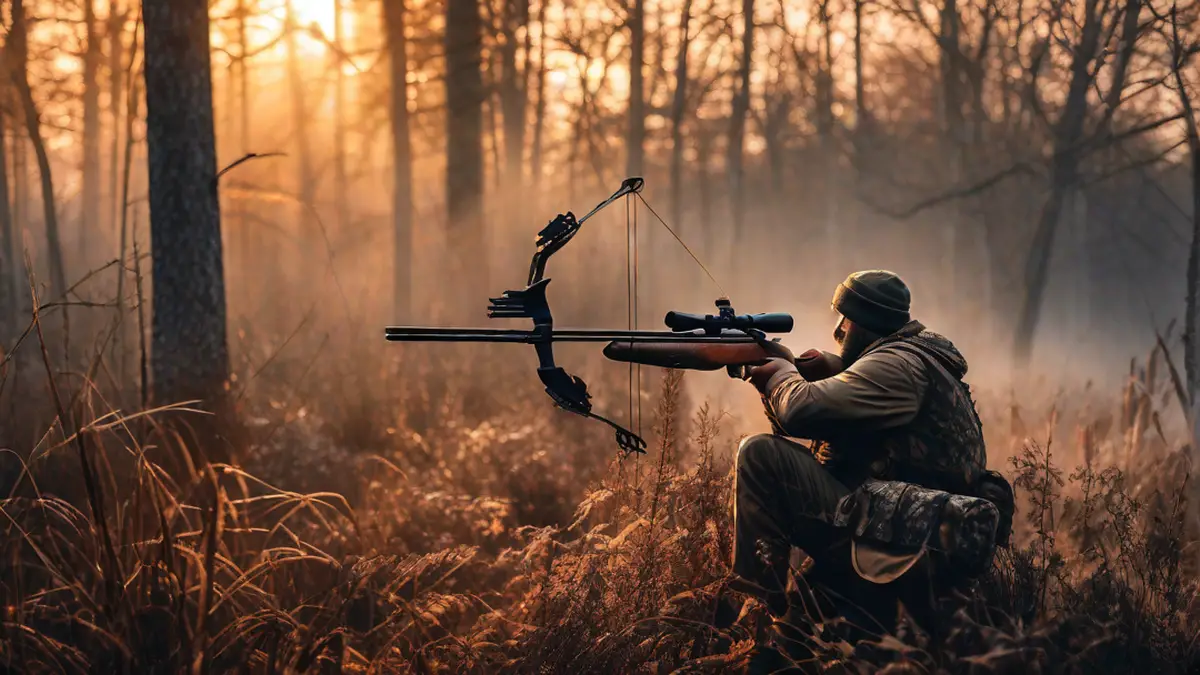As an avid bow hunter, I am always eagerly awaiting the start of bow hunting season. It is a time of year that brings a mix of excitement, anticipation, and preparation. Bow hunting is a unique and challenging form of hunting that requires skill, patience, and precision. In this article, I will delve into the specifics of when bow hunting season starts and share my personal experiences and insights.
Bow hunting season typically varies from state to state and even within different regions of the same state. The start and end dates are determined by state wildlife agencies and are based on factors such as the population of game animals, conservation efforts, and the overall health of the ecosystem.
For many states, bow hunting season begins in early autumn, usually around September or October. This timing coincides with the period when deer and other game animals are in their pre-rut phase, making them more active and visible. It is during this time that I have had some of my most successful hunts, as the weather is milder, and the animals are often more predictable in their behavior.
One of the benefits of bow hunting season is the opportunity to take part in the pursuit of various game animals. While whitetail deer are a popular quarry for bow hunters, many states also allow bow hunting for other species such as elk, turkey, bear, and small game animals like rabbits and squirrels. The diversity of game animals adds to the excitement and challenge of bow hunting, providing hunters with a range of experiences and opportunities in different environments.
As I reflect on my own experiences, I have found that proper preparation plays a crucial role in a successful bow hunting season. This includes ensuring my bow is properly tuned, practicing my shooting skills regularly to maintain accuracy, and familiarizing myself with the hunting regulations and specific rules of the area I plan to hunt in. Additionally, scouting the hunting area beforehand can greatly increase the chances of locating game animals and identifying their travel patterns and preferred habitats.
It is important to note that bow hunting season is not without its challenges. Bow hunting requires hunters to be in close proximity to their target, often within 30 yards or less. This means that stealth and camouflage are essential. Properly concealing oneself and using scent control techniques can make the difference between a successful hunt and going home empty-handed.
Moreover, bow hunting requires a high level of accuracy and precision. Unlike firearms, bows have a shorter effective range and require the hunter to be proficient in judging distances and making ethical shots. I have learned that practicing shooting from various positions and distances is crucial for increasing accuracy and ensuring a clean and humane kill.
In conclusion, the start of bow hunting season is an eagerly anticipated time for hunters like myself. The thrill of the chase, the challenge of the hunt, and the opportunity to connect with nature make bow hunting a deeply rewarding experience. By understanding the specific regulations and requirements of your state and honing your skills and preparation, you can make the most of bow hunting season and create memories that will last a lifetime.
